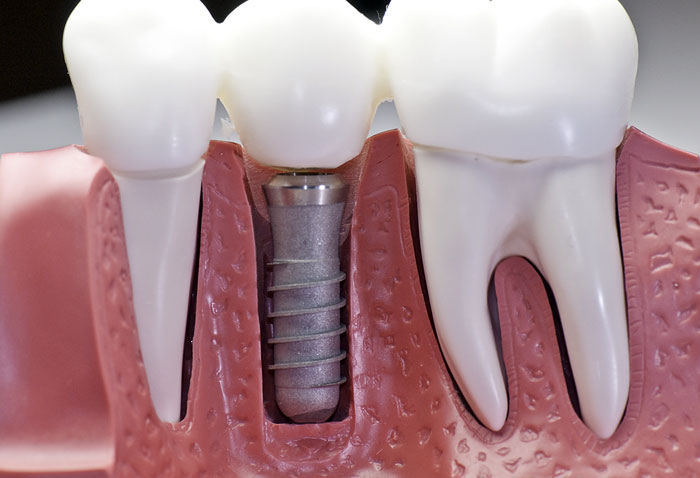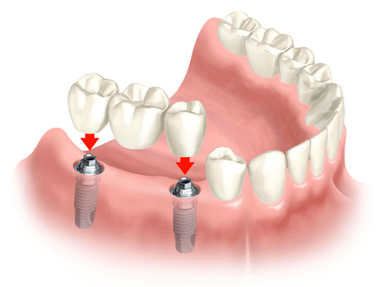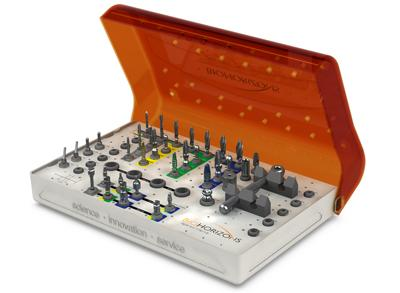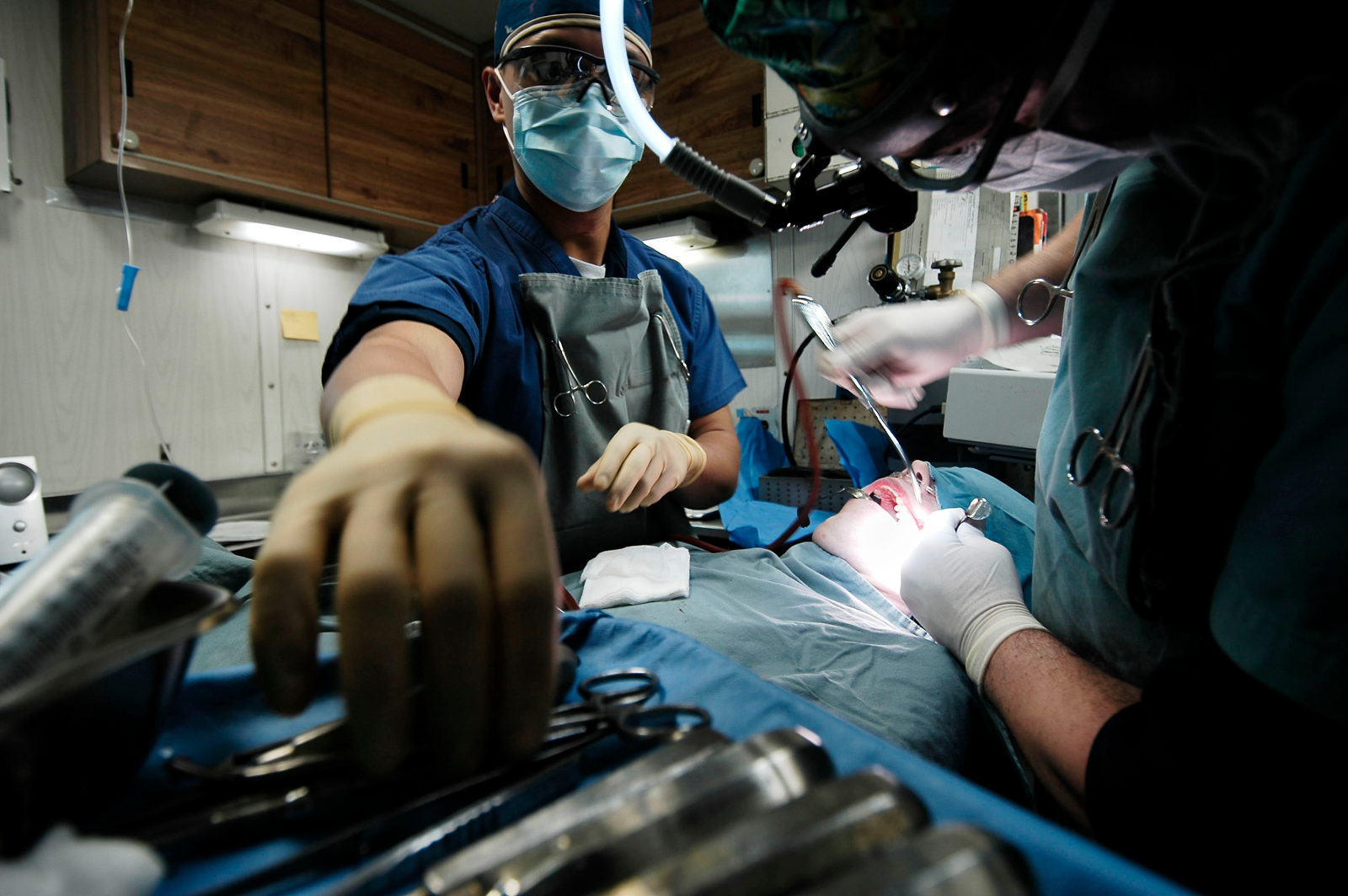

Dental Implants: Something to Smile About
Smile
There’s a lot hiding behind a smile: signs of confidence, intelligence and social success, but the benefits are not purely social and cosmetic. Maintaining good oral health includes keeping a mouthful of chompers because, when it comes down to it, if you don’t use it, you lose it. The jawbone’s job is to support teeth, and if the jaw has nothing to support, it ends up deteriorating. Although removable dentures give the appearance of teeth, which may make for good appearance, they do not activate the gum properly, which leaves the bones dormant. According to Steve Brown DDS of thedentalimplantplace.com, “the area will deteriorate from lack of use, which can lead to bone loss, premature aging, and gum disease. Because dental implants act as natural tooth roots, aiding the form and function of your bone and gums, the benefits they can provide for your long-term health can not be overestimated.” Although this procedure may be costly, dealing with the repercussions will be even less affordable. Infections can also lead to a number of other health problems such as heart attack, pneumonia, liver infection, brain infection, kidney infection, and bone infection, artery hardening, meningitis and more.
Original tools
According to dentalimplants.com, “The earliest attempts at dental implant tooth replacements on record were discovered in the Mayan civilization dating back to 600 A.D. Archeologists have recovered ancient skulls in which teeth were replaced by materials ranging from carved stones, such as jade, to fragments of seashells.” Not surprisingly, the history of dental implants is a long one that actively kicks off with a surprise discovery. It was in 1952, when a surgeon realized titanium fuses to bone by a property called osseointegration. Titanium proved to be the ideal material years later (even today) due to its lightweight form, strength, and biodegradability, which allows the body to accept it. These days, implants are designed to be disguised beside neighbor teeth. Originally, however, implants were created as one design to fit every mouth. Imagine the smiles.
(Jamal Dental Services, 2015)
What is a dental implant?
A dental implant is a surgically placed piece that fuses with the jawbone or skull to support a dental prosthesis, essentially, a replacement tooth, or more accurately, a replacement root. “Dental implants mimic natural teeth in an amazing way,” claims Dr. Priti Naik of Priti Naik DDS, “a titanium post is anchored to the jawbone allowing for replacement teeth to functionally act as if they were natural. Dental implants can also be used to secure bridges, partials, or full dentures to the jawbone so as to end the annoying slipping that can be associated with denture work.
First off, there are two types of dental implants. Of the two types, named after the placement in reference to the bone and the more popular of the two is the endosteal (meaning in the bone). Screws, cylinders and blades are used in this category and used as a bond for implanting. Each implant has the strength to hold one or more prosthetic teeth. According to the American Academy of Periodontology, “this type of implant is generally used as an alternative for patients with bridges or removable dentures.” The second type of dental implant is referred to as subperiosteal (meaning on the bone). Here, the implants are on top of the jaw, allowing metal framework to erode from the gum. “These types of implants,” as perio.org further states, “are used for patients who are unable to wear conventional dentures and who have minimal bone height.”
The nuts and bolts
To support dentures, the surgery process is twofold. First, to make room for the implants, an incision is made out in the gums and a hole is drilled. Next, metal implants are placed in the spot of incision, and the area is stitched to suit and fit the pieces naturally. This routine should take three to six months to heal, depending on the placement of the implant and the patient’s state of health and well being. This healing process is referred to as osseointegration, which means “combines with the bone,” as the bone adapts to the new placement and grows in a fashion that keeps it secure. Following this surgery, another procedure is necessary, for the caps to be placed on top of the implants, so that the gums may properly heal. The healing process following this procedure should take about two weeks. Next, an impression of the jawbone will be taken in order to suit the proper dentures.
The Kit
Implant kits can be purchased ready to go, but, just like oral hygiene, maintaining a clean and sterile space with the implant kit is crucial.
The end
But wait! When it comes to oral hygiene, there is always more! Although implants are durable, brushing and flossing are still a must. As you have learned, take care of your teeth, and they will take care of you.
References:
Jamal Dental Services. (2015, May 18). How do dental implants work? [Video file]. Retrieved from https://www.youtube.com/watch?v=jLBUEKccyrA
Kwon, Justin. “The Advantages of Dental Implants over False Teeth.” Web log post. Dental Town. N.p., 22 Sept. 2014. Web. <http://www.dentaltown.com/dentaltown/Blogs.aspx?action=VIEWPOST&b=321&bp=1417>.
Brown, Steve. “Dental Implants | Cost of Dental Implants.” Dental Implants The Cost of Dental Implants vs Infection Missing Teeth Comments. N.p., 26 Nov. 2015. Web. 02 Feb. 2016. <http://www.thedentalimplantplace.com/blog/2015/11/26/the-cost-of-dental-implants-vs-the-cost-of-infection-missing-teeth/>.
“Dental Implants.” Dental Implants. N.p., n.d. Web. 02 Feb. 2016. <https://dentalimplants.com/history-of-dental-implants.php>.
“Dental Implants | Perio.org.” Dental Implants | Perio.org. N.p., n.d. Web. 02 Feb. 2016. <https://www.perio.org/consumer/dental-implants>.
“Implants.” Dental. N.p., n.d. Web. 02 Feb. 2016. <http://www.mouthhealthy.org/en/az-topics/i/Implants>.
Miller, Acton. “A Complete Guide to Implant Supported Dentures.” Web log post. Dental Town. N.p., 4 Aug. 2014. Web. <http://www.dentaltown.com/dentaltown/Blogs.aspx?action=VIEWPOST&b=212&bp=1245>.






